Spring is here and so is the dress code argument
3rd June 1933: A policeman enforcing the ‘dress-code’ at Hyde Park Lido. (Photo by J. A. Hampton/Topical Press Agency/Getty Images)
With warmer weather coming, shorts listed as “too short,” and skirts viewed as “too short” are sure to cause some girls to be sent home and/or receive disciplinary actions. The topic of the dress code came up recently after the widespread rumor that one of the candidates for new principal at DHS allegedly said he wanted to “ban girls from wearing leggings,” although the statement was proven false. The key word with the dress code is: girls.
A revolt against dress codes soared nationally in 2015, with instances like the high school girls from Frederick, Maryland who protested their “body shaming dress code,” by wearing shirts that read, “I am more than just a distraction.”
In September 2015 the hashtag #IAmMoreThanADistraction trended on Twitter with many tweets from girls protesting their schools’ dress codes and discussing experiences they had with the dress codes while in school.
Instances of girls being sent home from school or having to change their attire ranges from high schoolers, to middle schoolers, to some elementary schoolers. The aforementioned clothing sending girls home consists of a “low-cut” top, spaghetti strap tops, and in some instances, leggings.
It’s apparent that girls are being overtly discriminated against for wearing clothing items deemed as “inappropriate” when in reality the only inappropriate activity going on is authority figures deciding what girls can and cannot wear.
The DHS Handbook classifies “inappropriate” attire as: “spaghetti straps, tube tops or other strapless shirts/dresses; shirts that expose midriff or cleavage.” The list of what is inappropriate is prevalently aimed at girls; what are the chances of male students wearing shirts that expose their “cleavage?” It’s not a valid argument since girls can’t control their “cleavage” and it’s more difficult in most cases for bigger breasted girls to control their genetics.
Sophomore Cali McMullen recalls being dress coded in the sixth grade. “I was told to change because I had spaghetti straps on. I didn’t really know how to feel at the time considering I was only 11, and I was told that my mom had to bring me a change of clothes because you could see my shoulders,” she said. “Now looking back on it, I think it’s sad how even at 11 girls are being told not to wear certain things such as thin straps because it’s somehow too “distracting.”
Clothing items that cause the biggest stir are spaghetti strapped tops and shorts. Spaghetti strapped tops break the “three finger” sleeve length rule, while shorts break the rule if they’re “not longer than your fingers when your hands are at your side,” according to the DHS Handbook. When it comes to clothing items that show more skin, it’s for good reason. Weather plays a large factor in clothing choices. Knowing it’s a hot day makes surviving in a sweater and jeans an impossible feat. These items of clothing are primarily what female students wear, making them more likely to get dress coded.
Associate Principal Rachel Chavier said, “I think dress codes are a part of life. If you work in a medical field you wear scrubs, if you’re a police officer you wear a uniform. Every workplace has certain standards for certain attire; therefore, we should prepare our high schoolers for the world beyond our walls.”
Jamie O’Neil, history teacher and advisor for the feminist club at DHS, said, “I just feel they’re hard to enforce. I think in general dress codes tend to focus more on what females are wearing than males.”
To get a male’s perspective, I first asked sophomore Noah Derrick his outlook. “I’ve never been dress coded. I’ve never really been in a situation where I was wearing something that broke the dress code, but I can see how it’s aimed primarily at girls,” he said. “For me at least, it’s about respect. Teachers don’t deserve to have students show up in clothes that show more body than they cover.”
While Derrick is correct in the dress code’s target of females, respect is a different topic. Depending on the context, teachers obviously deserve not to deal with people dressed like they’re ready to go to a club, but if it’s a hot day out, and they find a girl’s shorts “inappropriate,” that’s more so the teacher’s own agenda since the circumstances call for more “revealing” clothing with hot weather.
Sophomore and DHS Cheerleader Lily Johnson said, “I have never been dress coded in high school, but I was in middle school for my shorts being too short. Still, if I’m wearing a shirt with slim straps or when I wear shorts, a skirt, or dress, I always bring extra clothing like a long sweater or extra pants because of the possibility of being dress coded,” she said. ”I just feel the dress code is completely targeted toward girls, with the exception of boys being told to take their hood/hats off in school, everything else is specific to girls.”
Junior Nate Vieira said, “I have been dress coded before, but I believe it was for something foolish. If one wears a shirt with something that the teacher doesn’t approve of or finds offensive, then you either have to cover it up or you have your parents bring clothes which can inconvenience both yourself and your parents. Specifically, I feel that girls are much more targeted by this because of the pickier scenarios that the school has laid out.”
“I definitely feel like guys are given a lot more freedom, I mean it’s not like I have trouble finding things to wear, but it’s definitely in the back of my mind when I’m getting dressed every morning,” senior Emerson Lawton said. “Even though I’ve never been dress coded here [at DHS], I’ve had guys pretend to make a big deal about me showing my shoulders or wearing a dress before, and it can be annoying and make girls feel self-conscious about both clothes and their bodies.”
Among freshmen, sophomores, juniors, and seniors, there is the same outlook on the female discrimination in dress codes. Both female and male students have made a point to argue that they believe the dress code is very limited and set to build standards for females more than males.
Freshman Diogo Fernandes Tavares said, “The dress code discriminates females from expressing themselves, but males can. The rules are so twentieth century.”
“I definitely understand that there should be general rules for a dress code because there are some things that are just inappropriate for school (you wouldn’t wear a wedding dress to the grocery store), but I feel like there comes a point where it gets too strict,” sophomore Olivia Vital said. “It’s inherently more difficult to find comfortable clothes to wear to school that follow a strict dress code, especially in the summer. It’s an inconvenience to buy clothes to meet the dress code because not many stores sell the almost knee length “shorts” that the dress code calls for. These are issues that boys generally don’t face when buying clothes for school.”
The idea of dress codes was to help students be aware of what they should and shouldn’t wear in the workplace, which is an acceptable argument. Had dress codes not existed there’s a chance people would go into the real world without a clue on proper attire, but as of recent years school dress codes don’t seem to be aimed at helping, only embarrassing. I wouldn’t say dress codes need to be completely removed, but they most definitely need to be better contextualized, so they aren’t only aiming towards one gender over another.

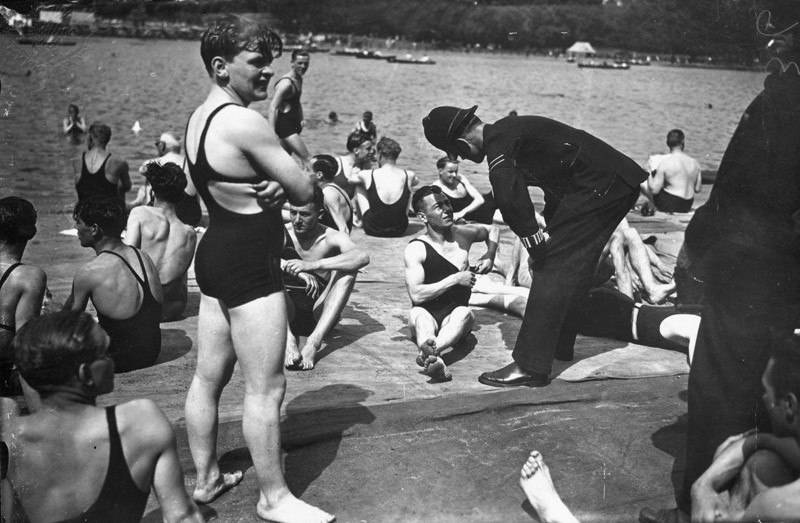





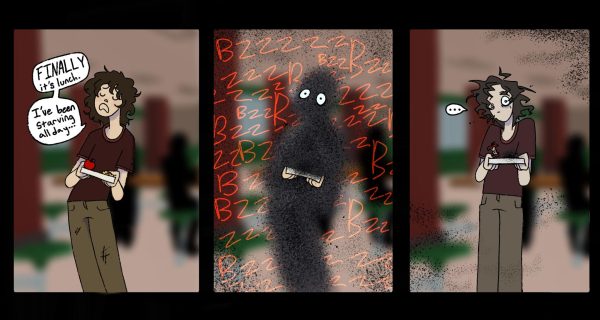
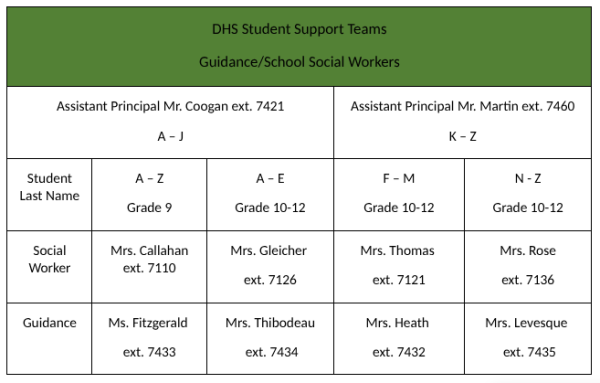
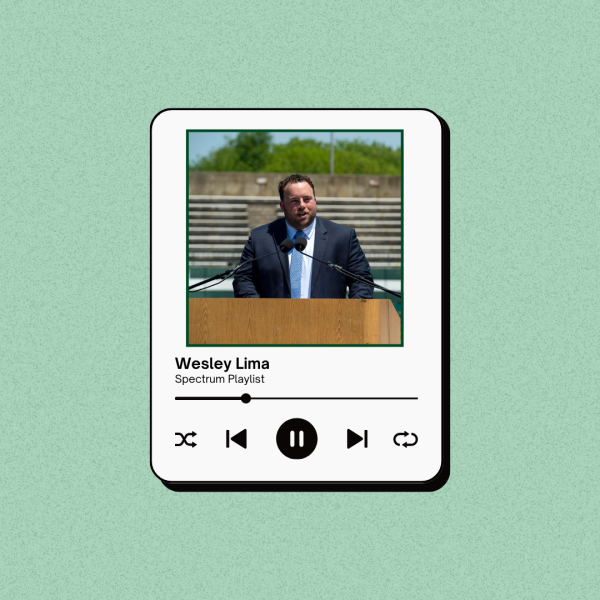
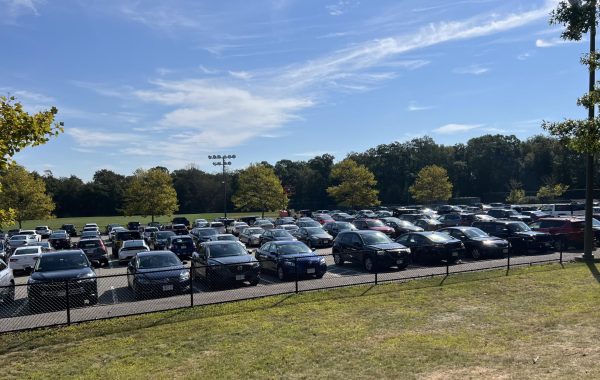

Ethan Machado • May 1, 2017 at 1:21 pm
I think that if you’re worried you’ll be dress coded just don’t wear it there is no point in arguing with administration about what they believe you should wear or not.
Jordan • Apr 30, 2017 at 1:00 pm
Perfectly written, I 100% agree with everything
Annelise Frias • Apr 28, 2017 at 8:30 pm
I am so happy this article was written because I strongly agree that the dress code is more directed towards females than males. The short length? I think if we can’t walk into a store and see any longer shorts that fit the rule, then it shouldn’t be a rule in the first place. For females, it’s hard to find the length of shorts past our finger tips and the reason that they are the length that they are, is because of the weather. For administration to say that upfront that we dress for males was completely wrong and I stress the fact that I dress for myself. Clothes isn’t to express for other people or to distract the opposite sex. It’s for weather purposes and ourselves. This also goes for spaghetti straps as well, I guess because my straps aren’t 2 more of my fingers means I’m trying to expose my shoulders to everyone. No, I’m just showing a little more skin because it’s hot out and it’s just something I have to wear. This was such a great article and very well written.
Tom • Apr 28, 2017 at 1:55 pm
Can’t say I’ve ever been dress coded, but as someone who knows almost everyone in this article, I hear it alot. I mean, c’mon, it’s high school. Like we’ve never seen shoulders, or a swear word on a shirt before.
olivia parnell • Apr 28, 2017 at 1:51 pm
I completely agree, the school has directed this dress code towards girls.I believe that a majority of people choose to wear what makes them feel good about themselves, or makes them feel confident, not to impress or show off! i do believe there should be some restrictions of course but the restrictions should be within reason.
Emerson • Apr 28, 2017 at 1:45 pm
Love the points made in this. The dress code is 100% directed towards females and serves as a major inconvenience and reminder of the abnormal sexualization of women and their body parts.
hannah perry • Apr 28, 2017 at 1:40 pm
I 100% agree with this article. its not fair that all of the dress codes apply to girls. girls DO NOT dress for guys attention and i believe that girls should be able to wear what they want as long as its appropriate. Its perfectly fine for girls to wear sleeveless shirt and spaghetti straps. i dress what i feel conformable in and everyone has there own option on what they are most comfortable in. guys cant control there eyes and that is not my fault.
ethan moniz • Apr 28, 2017 at 1:39 pm
the dress code is mostly towards girls and not boys
Kaylee Gemme • Apr 28, 2017 at 1:38 pm
Couldn’t have said it better, I do feel as though the dress code is directed at us girls. I do think that there should be a dress code but a dress code with in reason. I know at least for me, I dress according to the weather and what i feel confident in and I shouldn’t be restricted because teenage boys cant keep there eyes off. I come here for an education not to entertain. Who does administration think they are determining what i can and cant where, I’m spending my money on it not theirs. They should focus on bettering the curriculum not what I’m wearing. Teachers break dress code all the time and they don’t get sent home. So i completely agree 100%.
sam brodsky • Apr 26, 2017 at 8:50 pm
nice choice of topic. i feel like you could have kept writing. i wonder if a yearly committee (including students, administration and parents) could address concerns that seem to crop up yearly. that way, those people that really care about the topic would be able to have their say.
Jessica • Apr 26, 2017 at 8:11 pm
Great article Ari and great points!